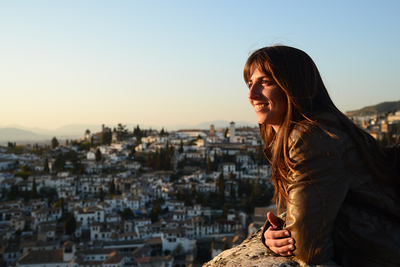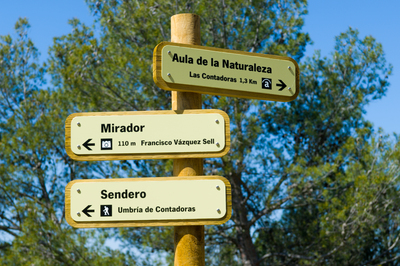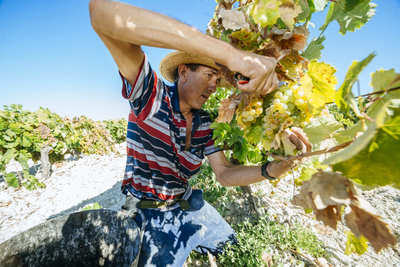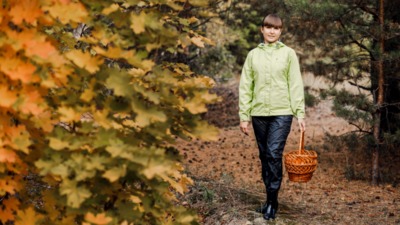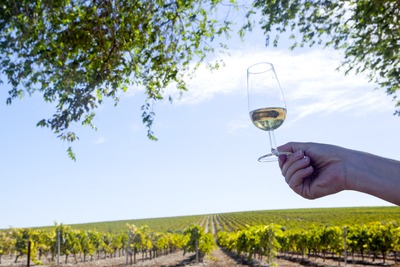The Windmills of Andévalo and the West Coast
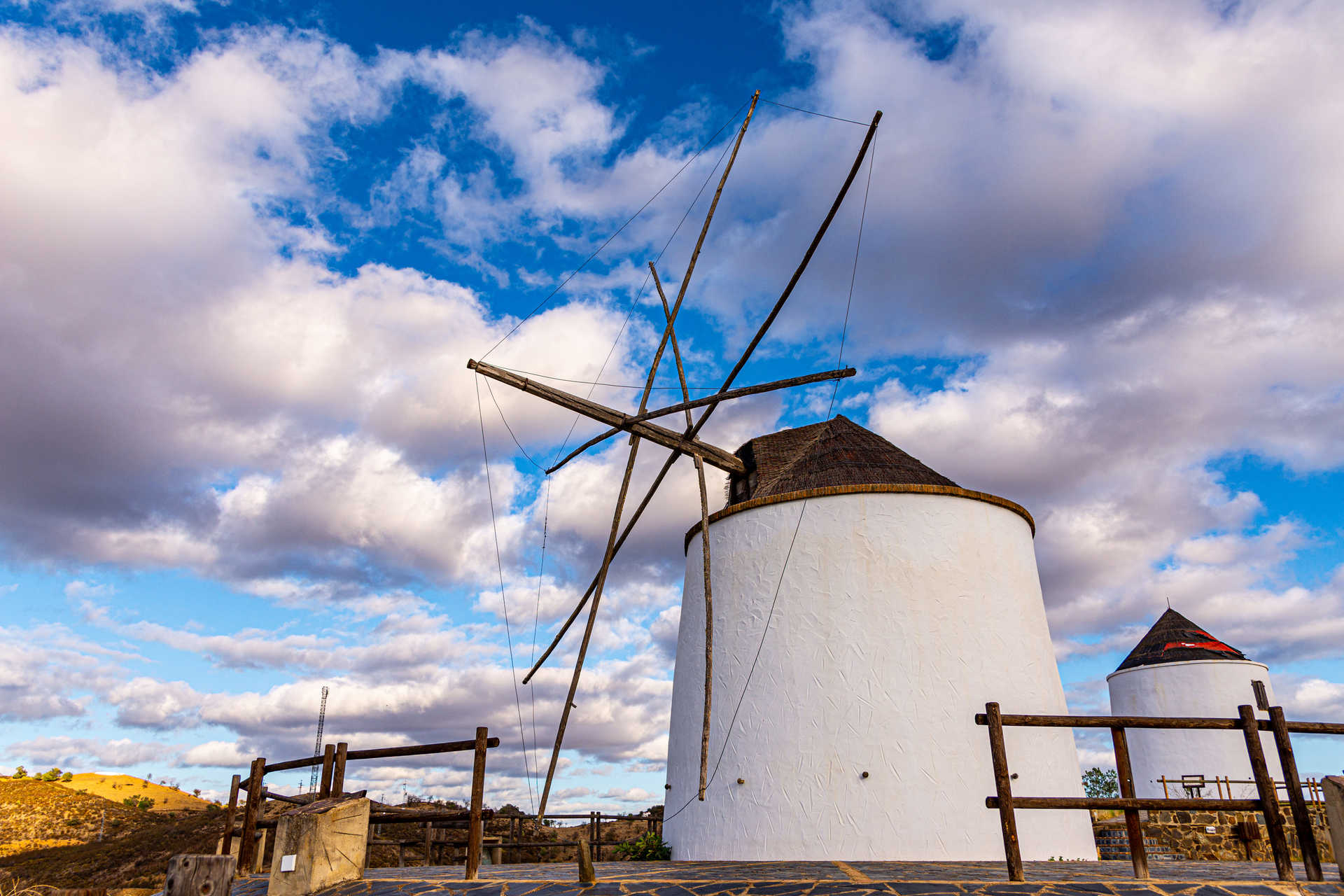
Together with the energy emanating from their blades, windmills have presided over the placid landscape of Andévalo since the 18th century. Four of them can be visited: La Solana, in El Granado; Pie de Castillo, in El Almendro; and La Horca and Pozo de Bebé, in La Puebla de Guzmán. Taking advantage of winds from the Atlantic, these mills reach as far as the banks of the Guadiana River.
These major works of industrial architecture are a feature of a number of towns in the region. In fact, together with Castile-La Mancha, El Andévalo is where more windmills were built on the Iberian Peninsular, mostly in the 18th and 19th centuries. Used to grind corn and obtain flour, they can be up to about 8 metres high and consist of a lower floor, the miller's house, and an upper floor, where all the milling machinery is located.
The town of El Granado in the province of Huelva has an interesting mill that is open for visitors. It has been reconstructed, so this sugar mill works as before and houses the tools used by the millers in olden times. Another interesting stop can be made in El Almendro, since there are two mills standing on the top of the hill on which this little town stands. One of them, known as the Pie de Castillo, also from the 18th century, has been restored by reproducing the original machinery so it is working again just as in the past.
Due to the enormous importance of the cultivation of cereals, Puebla de Guzmán still has an important group of windmills. In La Puebla there were as many as 18 in the 19th century, some of which remained active until 1924. The La Horca El Pozo de Bebé mills have been restored, the latter on the road to the Chapel of La Peña, above a mythical well from which it gets its name.
In Villanueva de los Castillejos there is another mill built in the 18th century, this is El Zahurdón. And in San Silvestre de Guzmán there are also mills called Vilán, Tía Juana Correa and Juan Francisco Cantero. A magnificent finale to our ethnographic tour must be in Sanlúcar de Guadiana where, as Don Quixote would say, high on a hill and next to the Guadiana River, stand two more giants.

